■ History of the Elite Stratocaster
From the end of the 1970s to the beginning of the 1980s, punk music was in decline and hard rock, which had been criticized as being “old wave”, was transformed into a new genre of music in the U.K., and it emerged as a force to be reckoned with. It came to be known as “heavy metal”.
Later, a scene called LA METAL emerged in the United States. Many heavy metal bands also emerged in Europe.
In Japan, a new music magazine was published and this new form of rock became a major genre that graced the cover of this magazine. The term “heavy metal” was born. Although some music didn’t think much of it at the time, a core fan base was steadily emerging.
The emergence of Jimi Hendrix expanded the possibilities of the Stratocaster, which had fallen out of favor until it was discontinued, and contributed to its resurgence.
Furthermore, the emergence of Eddie Van Halen spread the glimmering technique of arming, and the guitar industry could no longer ignore this trend.
If I remember correctly, it was Brad Gills of Night Ranger who introduced the Floyd Rose, a developer of the synchronized tremolo unit. The guitar solo in the first album Don't Tell You Me Love Me played the Floyd Rose, and the amazing sustain was so COOL.
Eddie Van Halen was the pioneer of arming, but the band's vibrancy and uniquely American enthusiasm were spectacular, and the Night Rangers were also prominent. Japanese guitar manufacturer Fernandez even had Brad Gills on the cover of their brochure twice.
■ Pickup layout and tremolo unit
Thereafter, a series of Strat-type guitars based on some of Brad Gills' specifications appeared.
Those guitars had two features.
Part ①
Single ・Single ・Humbucker. The electrical system of the so-called SSH-spec PU. Front and center were not so uncomfortable for intense sound. Therefore, many guitars were equipped with humbuckers in the rear. This modification became a good “replacement pickup” for riffs, and not only Duncan and DiMaggio, but also many other big pickup makers were born.
Part ②
As the ultimate metal specification, a guitar with only one humbucker and Floyd Rose on the rear appears. The controls were volume only, no tone. The guitarist is told to make a difference by the angle and position of the picking. Kramer is one of the leading makers. Floyd Rose tremolo unit. The oldest Floyd Rose tremolo unit in the world is the “3” and the “5” with fine tuning is almost complete, and it has been widely used in the guitar world.
However, Brad Gils stuck to the “3. Normally, he would have chosen the “5,” but Brad's main guitar, the “3,” is thought to be handmade by Mr. Floyd Rose himself and it was different from commercially available guitars. The reason is that the handmade 3 has a better sound. This is it! The originality of the solo in the studio version was also in abundance.
Among the many guitarist solos on the session album STARS, which was later recorded by a group of metal musicians, he had an originality that was recognizable at first listen.
If the tuning goes out during a live performance, Brad Gils can simply replace it with a sub guitar, and he dares to choose 3 for sound. The fact that he has a hexagonal wrench tucked away near the nut suggests that he is quite fond of this guitar.
■ The Limits of the Stratocaster
Fender, which had been increasing sales since the 1950s, found itself in a situation where it could no longer rely on the Stratocaster, which had been its signature model for many years.
The drawback of the Stratocaster was that it was out of tune when played under heavy arming, unless you were a virtuoso. Also, the single coil was not powerful enough for heavy metal.
The main Strat players at that time were Richie Blackmore, who used a 1974 Schecter magnet, Gary Moore, who played an old 60s pickup, and Inguay Malmsteen, who played a 70s Strat from the Alcatraz era on his first album. Inguay Malmsteen, who used a 70s Strat on his first album. (Among these guitarists, he used a single-coil humbucker, but as a guitarist who used a basic single-coil).
In the guitar industry, metal guitarists played with U.S.-made Charvel and Jackson.
■ The Elite Stratocaster
Fender had to enter the market in line with the times.
The “Elite Stratocaster” (hereafter referred to as “Elite”) was planned, developed, and manufactured. The Elite was conceived in 1981 and released in May 1983.
Still being made in 1980, Strat developed a high-output pickup called the “X-1” pickup in the rear position to compete with humbuckers, and mounted it in the rear. (It just wound more coils, though.) It would have been a design and tone problem to mount a humbucker on a Stratocaster, the signature model of the line.
Under such circumstances, Elite developed more usable specifications than Stratocaster one after another.
■ Coming Across an Elite for the First Time
I saw an Elite once in a music store. It was a brown sunburst, and rather than standing out, it was quietly hanging on the wall. It soon disappeared from the store. The store was under the direct management of Kanda Shokai, so I guessed it was made by Fender Japan. The price was not more than 300,000 yen, but it was about 100,000 yen or so. My first impression was, “Hey, that Strat is different.”
I was an inexperienced guitarist who had only been playing guitar for a year or so, so those players who really could play would be around 60 years old now.
■ Features of the Elite
First of all, the covered pickups are designed with EMG pickups in mind. The magnet is Alnico 2, which can cancel noise.
Secondly, the tremolo unit is a modified version of the synchronized tremolo unit used since the late 1950s, which is designed to insert the strings from the front instead of the back. The way the strings are inserted is similar to that of the tremolo units made by Köhler, a competitor of Floyd Rose. It has a knife-edge fulcrum. This unit had the letter “F” casually engraved on it as a proof of the great care that went into it. However, this elaborate tremolo unit was not used on any other Stratocaster except its successor, the Standard Stratocaster.
Three springs were placed directly under the pickups and the tension was adjustable. On the back side, only the place where the battery for the active circuit goes in was machined on the lower left side, and of course, there is no cavity machining to accommodate the springs on the back side.
The tremolo arm is easily removable and stable.
The truss rod is designed to be adjustable for both forward and reverse rotation, so there is no need to remove the neck. This is a very sensible idea, because with the vintage Strats of the 50's and 60's, you had to remove the neck. This is a very sensible idea, as you would have to remove the neck on a 50's or 60's vintage Strat.
I used it on a Fender Japan Eric Clapton model (from the 1989 brochure) and it naturally overdrives the guitar and is an indispensable weapon to boost the gain. It had a more glistening and sparkling tone than the boosters that are popular these days. As a booster, it is quite peculiar. The position of the battery was different from that of the Elite and it’s smaller than the Elite.
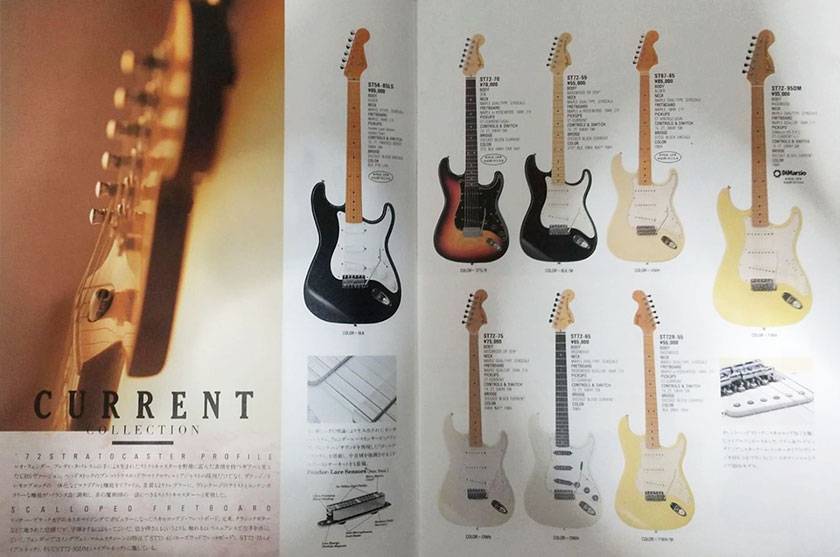
1989 Fender Japan catalog. 8 CBS period Japan versions per sheet.
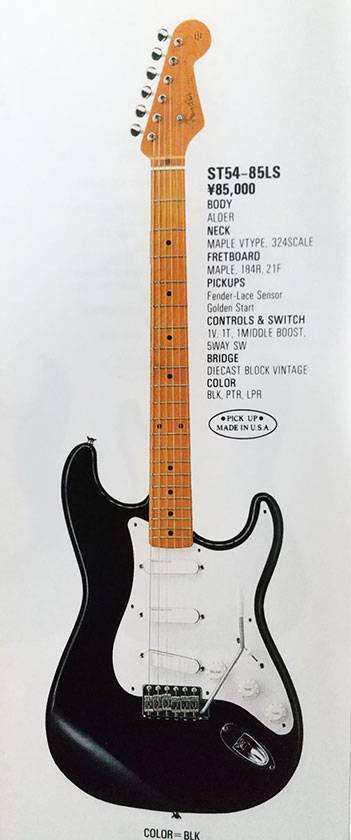
Close-up photo of only one. Black maple fretboard. Strat with a lace sensor. It was used for live performance, but it’s undeniable that there’s fret wear.
Pickups are similar to Lace Sensor pickups. Or, it is very similar to EMG.
The Lace Sensor pickups have a very common sound. Eric used this pickup before he used noiseless single coil pickups, and Jeff Beck also used this pickup for a while.
My Clapton model was also made of alder, which has a less contoured sound that I did not like, and I gave it up after a few years of use. The frets were thin and low to begin with, and they were right on the verge of clogging. The maple neck needed to be repainted, and the estimate to send it to a repair shop was at least 30,000 yen. I sold it early.
If it had been a lightweight ash body, I might have owned it.
The pro that I know who loved the Elite is Eric Clapton's guitar technician LEE DICKSON. I think it was Clapton's favorite pewter (lead color) that he mentioned was one of his favorites.
The world is a big place. Maybe the “Elite Stratocaster will be secretly owned by an obsessive guitarist and have a chance to see the light of day someday. It was the most original project in the history of U.S. Stratocasters. The price was also high. It was such a complete Strat in a sense that there was nothing to modify.
The “sound & person” column is made up of contributions from you.
For details about contributing, click here.











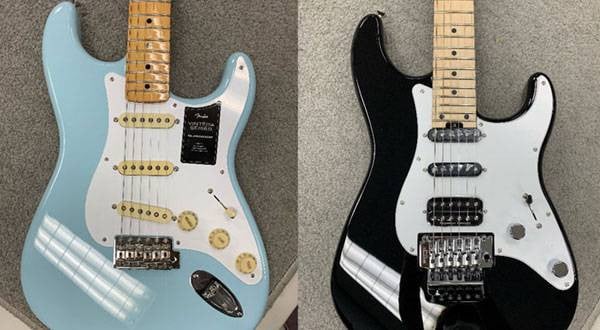
![[Guitar Strategy Guide] Strat and Les Paul](/contents/uploads/thumbs/5/2022/3/20220315_5_17068_1.jpg)
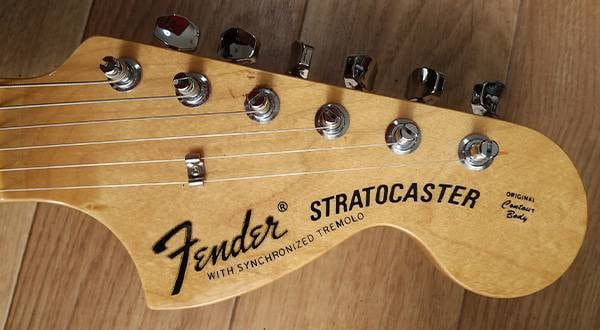
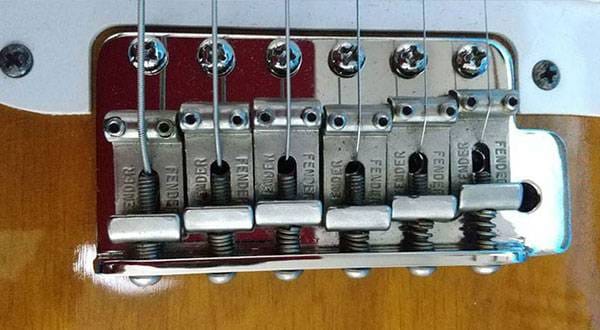
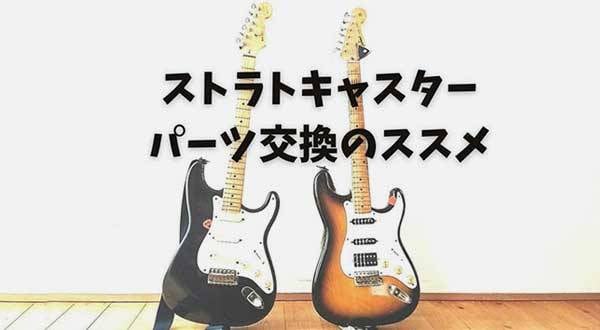
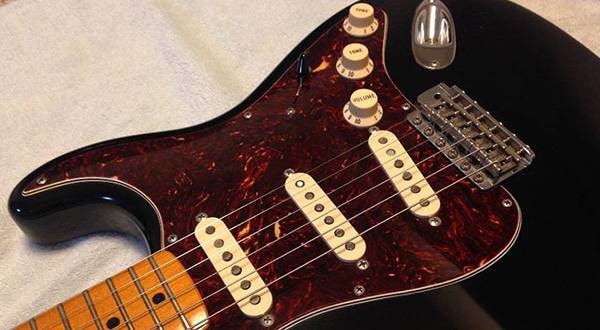
 DIY ギターメンテナンス
DIY ギターメンテナンス
 ギター 初心者講座
ギター 初心者講座
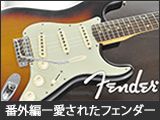 愛されたフェンダーギターたち
愛されたフェンダーギターたち
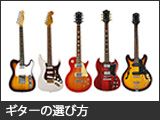 ギターの選び方
ギターの選び方
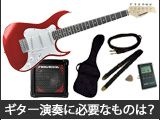 ギター演奏に必要なものは?
ギター演奏に必要なものは?
 ギター名人ラボ
ギター名人ラボ















